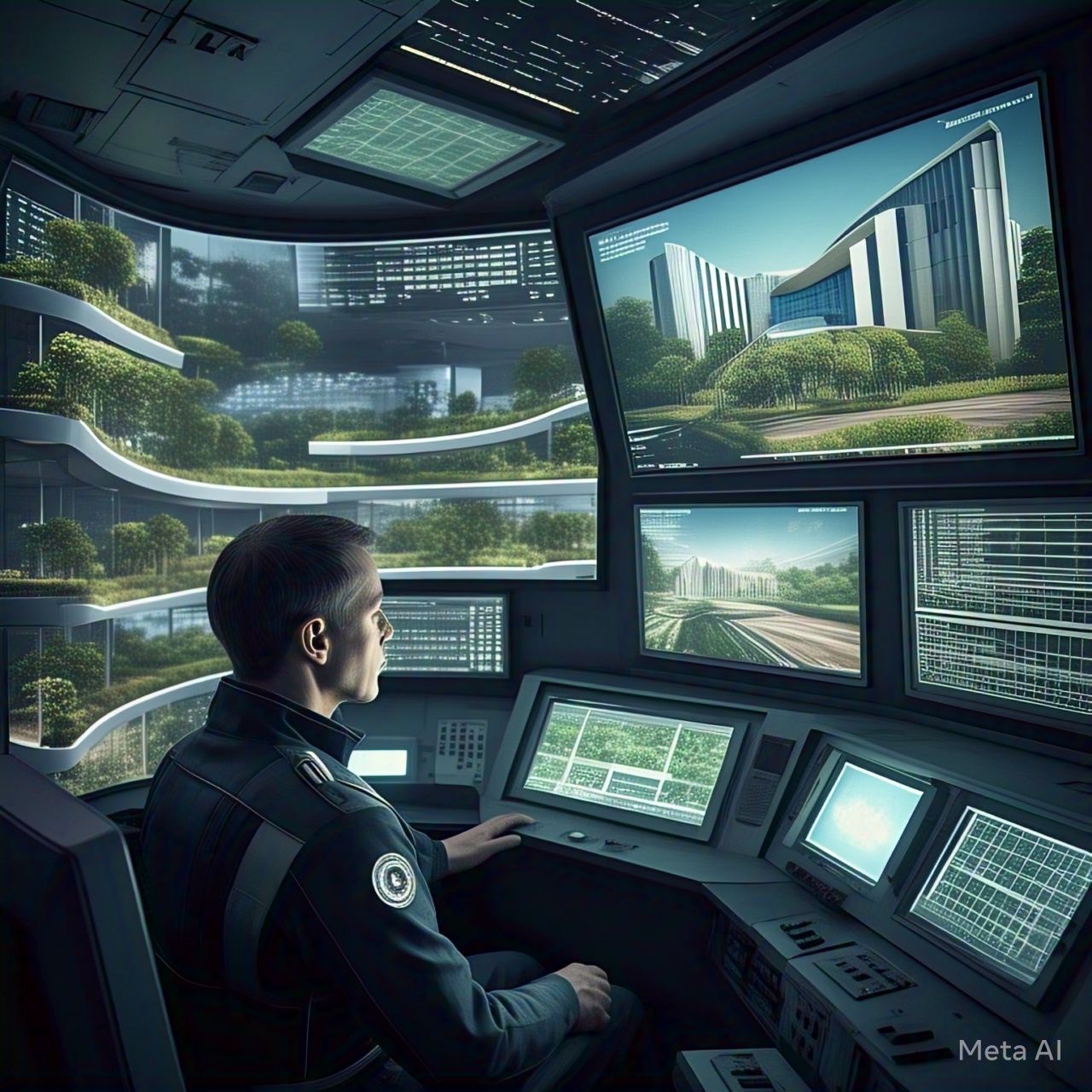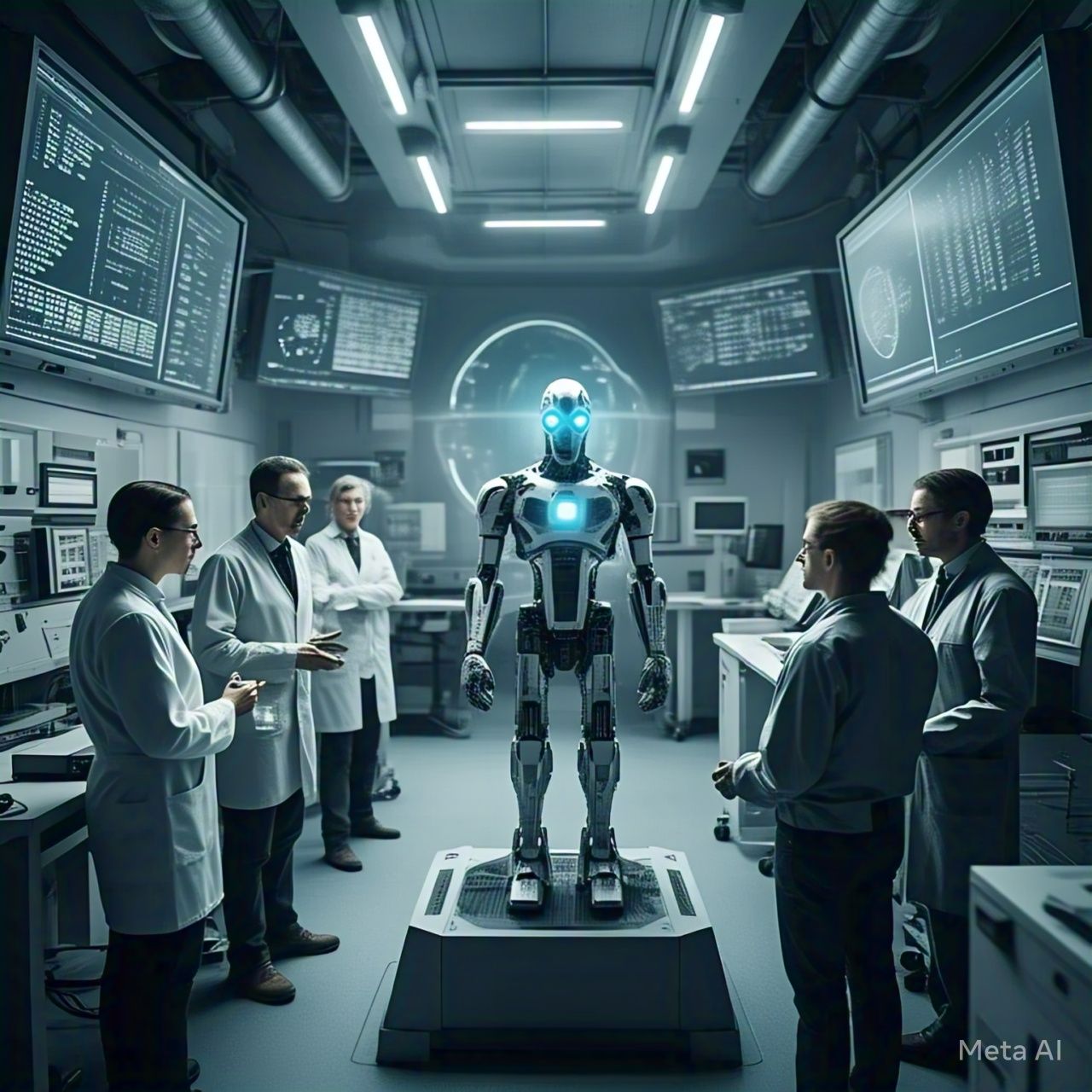Introduction
Sustainable architecture is no longer just an aspiration—it is a necessity. With rapid urbanization and increasing environmental concerns, architects are turning to Artificial Intelligence (AI) to create energy-efficient, eco-friendly, and resilient buildings. AI-driven solutions enable smarter material choices, optimize energy consumption, and enhance design efficiency. This article explores how AI is transforming sustainable architecture, making our buildings smarter, greener, and more future-ready.
The Role of AI in Sustainable Architecture
1. AI-Powered Energy Efficiency
AI helps architects design energy-efficient buildings by analyzing climate data, predicting energy usage patterns, and optimizing heating, ventilation, and air conditioning (HVAC) systems.
Key Benefits:
- Reduced energy consumption through smart climate control.
- AI-powered predictive maintenance to enhance efficiency.
- Optimized natural lighting and ventilation for sustainability.
2. Eco-Friendly Material Selection
AI analyzes the environmental impact of construction materials, helping architects choose sustainable, low-carbon, and recyclable materials.
Key Benefits:
- Reduced carbon footprint of building materials.
- Enhanced durability and longevity of structures.
- AI-driven recommendations for renewable and biodegradable materials.
3. Smart Building Design and Optimization
Generative design powered by AI enables architects to explore multiple eco-friendly design options, ensuring the most sustainable and functional layouts.
Key Benefits:
- Improved space utilization for energy efficiency.
- Reduced waste during construction through precise planning.
- AI-driven simulations to optimize water and resource usage.
4. AI in Green Construction and Maintenance
AI assists in sustainable construction practices by predicting potential inefficiencies, reducing material waste, and improving site management.
Key Benefits:
- AI-driven waste reduction strategies in construction.
- Smart building management systems for energy conservation.
- Predictive analytics for proactive maintenance and repairs.
5. Urban Sustainability and AI Integration
AI is not just transforming individual buildings—it is shaping entire cities. Smart urban planning integrates AI-driven architectural solutions with broader sustainability initiatives, including smart grids, renewable energy, and green infrastructure.
Key Benefits:
- AI-optimized urban layouts for reduced environmental impact.
- Integration with smart grids for efficient energy distribution.
- AI-driven monitoring of environmental conditions in urban areas.
The Future of AI in Sustainable Architecture
As AI technology advances, sustainable architecture will become even more innovative and effective. From intelligent building automation to carbon-neutral designs, AI will play a crucial role in shaping eco-friendly cities and reducing the environmental footprint of modern construction.
Conclusion
AI is revolutionizing sustainable architecture by enhancing energy efficiency, material selection, and smart design. As the demand for environmentally conscious construction grows, AI-driven solutions will help architects and urban planners create buildings that are not only functional but also sustainable. By embracing AI, the future of architecture will be greener, smarter, and more resilient for generations to come.




